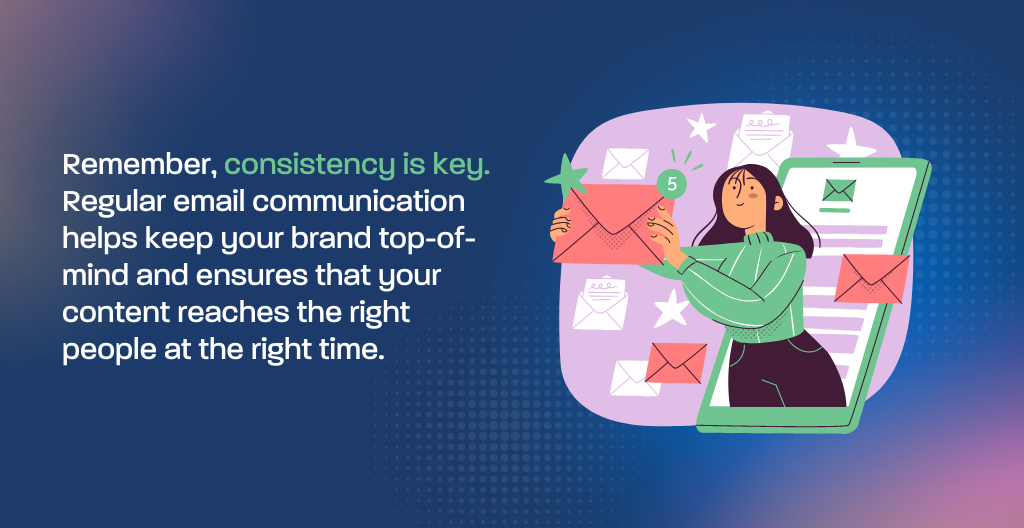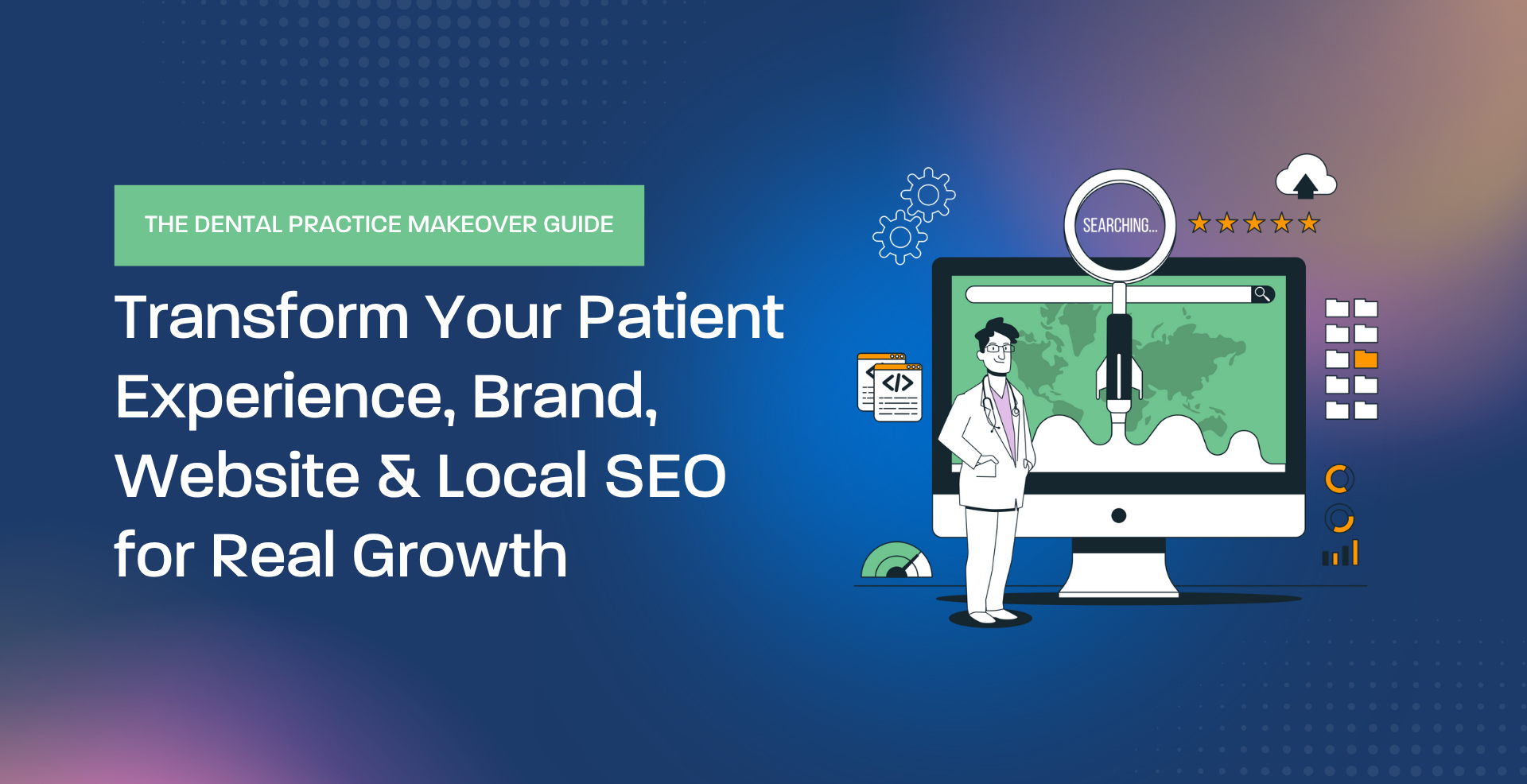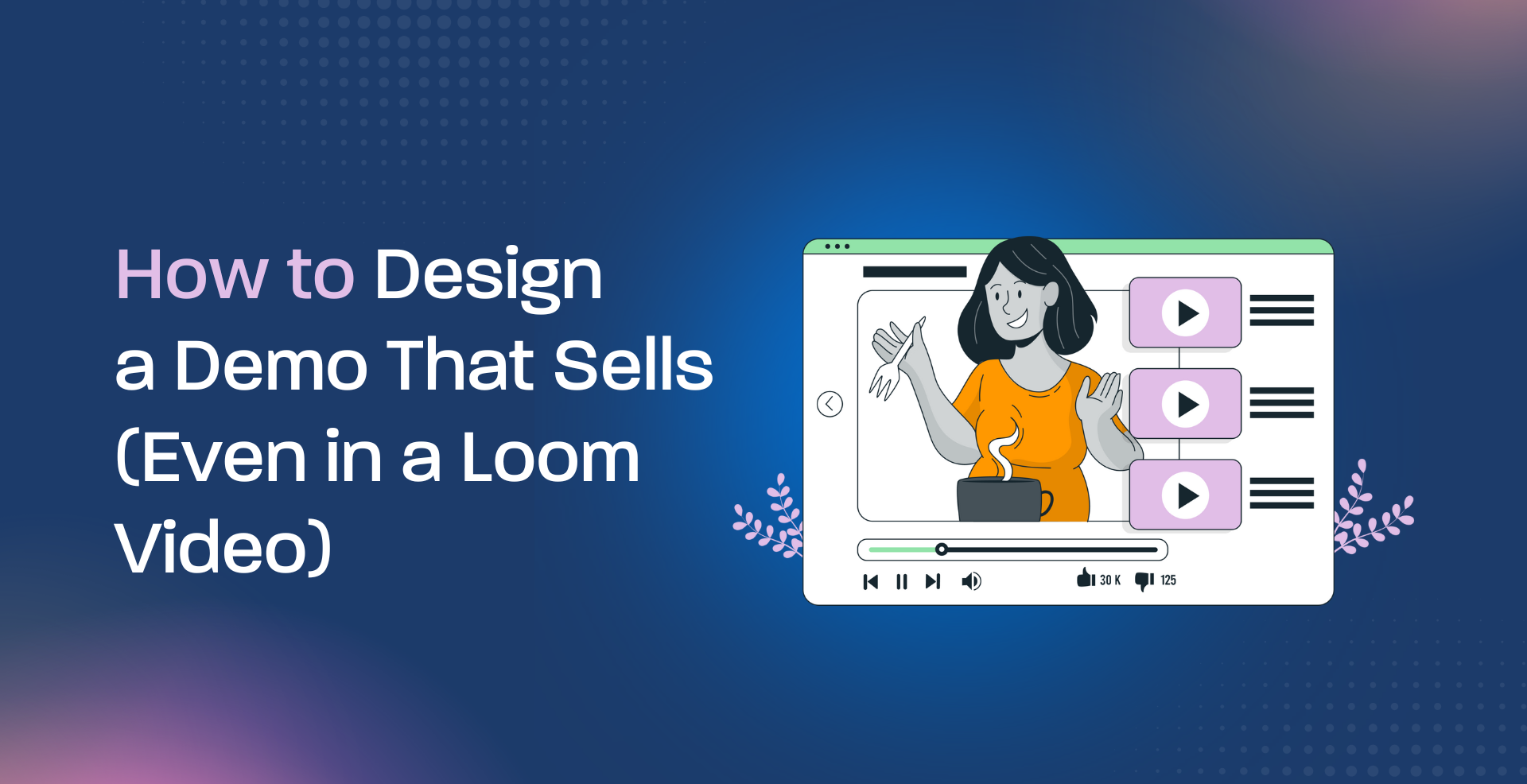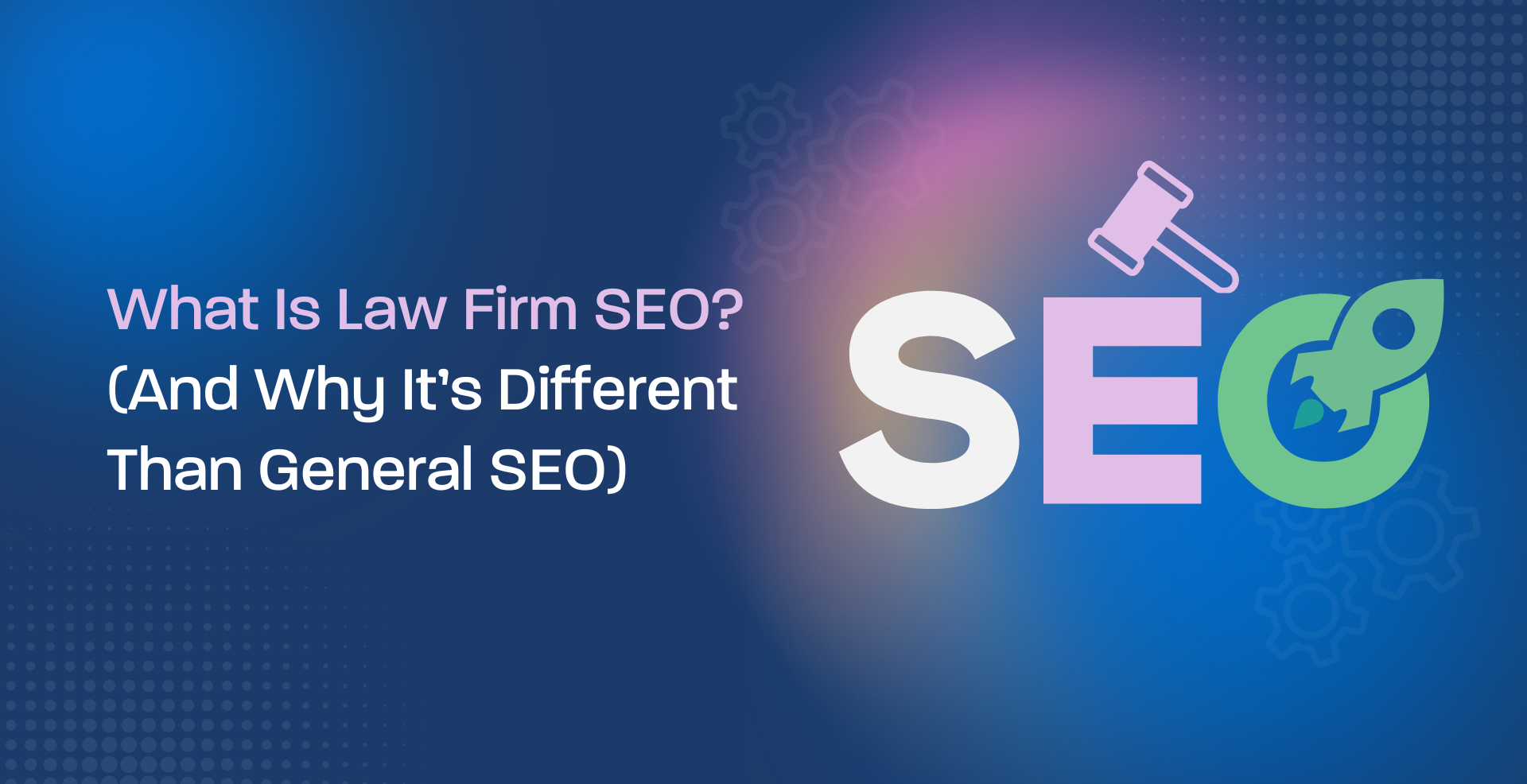A small, family-owned bakery was in the heart of a bustling metropolis, nestled amidst towering skyscrapers and endless traffic. For generations, the aroma of freshly baked bread and pastries had filled the neighborhood, drawing in locals with its irresistible charm. However, times were changing. The rise of big-box grocery stores and online ordering platforms posed a significant challenge to the bakery’s survival. The owners were at a crossroads with dwindling foot traffic and declining sales. Little did they know that a strategic shift towards email marketing would be their saving grace.
In today’s digital landscape, where information overload is the norm, getting your content noticed can feel like finding a needle in a haystack. This is where email marketing shines. It’s a direct, personal channel that bypasses the noisy algorithms of social media to deliver your content straight to your audience’s inbox.
Understanding the Power of Email Marketing for Content Distribution
Email marketing is more than just sending out newsletters. It’s a strategic tool for distributing valuable content to a targeted audience. You can significantly increase your content’s reach and impact by nurturing relationships with potential and existing clients.
Do you need expert help with reaching your audience, website or graphic design, email marketing, social media management, SEO and other marketing services? Geeks For Growth can help you drive growth for your business – Get the Geek-Mode on with the form below:
Precision Targeting
Unlike social media where your content might get lost in a sea of posts, personalized email marketing allows you to segment your audience. For instance, a law firm can create separate email lists for corporate clients, individuals, and different legal specialties. This ensures that the content you send is highly relevant to each recipient. An SME offering digital marketing services can segment their email list based on industry (e.g., retail, healthcare, finance), business size, and engagement level to send tailored content. For instance, high-engagement clients might receive exclusive content or early access to new offerings.
- Dentists: Segment email lists based on age, dental plan, treatment history (e.g., orthodontics, implants), and location. Send targeted content like age-appropriate oral care tips, information about specific dental plans, or promotions for relevant treatments.
- Lawyers: Categorize clients by legal practice area (e.g., corporate, family, personal injury), case type, and location. Deliver tailored content like legal updates, case settlements, or invitations to relevant legal webinars.
- SMBs: Segment customers by industry, company size, purchase history, and engagement level. Send personalized content like industry-specific marketing tips, product recommendations, or exclusive offers.
Driving Traffic and Engagement
Every email you send is an opportunity to drive traffic to your website or social media channels. Include clear calls-to-action (CTA) that encourage potential customers and readers to click through and learn more.
- Dentists: Include CTAs like “Schedule a Consultation,” “Download Our Oral Care Guide,” or “Visit Our Teeth Whitening Page” in email campaigns.
- Lawyers: Use CTAs like “Contact Us for a Free Consultation,” “Read Our Latest Case Study,” or “Visit Our Legal Resources Page.”
- SMBs: Incorporate CTAs such as “Shop Now,” “Learn More About Our Services,” or “Follow Us on Social Media” in the email content.
Building Relationships and Loyalty
Consistent and valuable email content helps build trust and loyalty with your audience. By sharing insights, tips, and updates, you position your business as an authority in your field.
- Example for Lawyers: A law firm can share legal updates, case studies, and client testimonials through email to establish credibility and build relationships with potential clients. Additionally, exclusive webinars or workshops for existing clients can foster loyalty and deeper engagement.
- Dentists: Share patient testimonials, preventive care tips, and behind-the-scenes glimpses of the dental practice. Offer exclusive discounts or loyalty programs for existing patients.
- SMBs: Share customer stories, company values, and behind-the-scenes content. Offer loyalty programs, referral incentives, or early access to new products or services.
Creating Effective Email Content
The key to successful email marketing campaigns, lies in creating content that resonates with your audience. Here are some tips:
- Know Your Audience: Understand their needs, interests, and pain points to create highly relevant content.
- Keep it Concise: People are busy. Get to the point quickly and provide value upfront.
- Use Strong Subject Lines: Grab attention and entice recipients to open your email. A/B testing different subject lines can help identify top performers.
- Optimize for Mobile: Ensure your emails look great on smartphones and tablets. Responsive design is essential for a seamless user experience.
- Include a Clear CTA: Tell your audience what you want them to do after reading the email. Experiment with different CTAs to see what works best.
- Personalize: Use dynamic content and personalization to create a more engaging experience. Addressing recipients by name and tailoring content to their preferences can significantly improve results.
Here are some examples some businesses can relate to:
- Dentists: Use subject lines like “Brighten Your Smile with These Tips,” “Overcoming Dental Anxiety,” or “Exclusive Offer for Our Patients.” Keep email content concise and focused on providing value, such as quick oral hygiene tips or treatment information.
- Lawyers: Choose subject lines that highlight the benefit to the recipient, such as “Protect Your Business with This Legal Tip,” “Understanding Your Divorce Rights,” or “How We Can Help You Win Your Case.” Ensure content is easy to understand and focused on providing legal advice or information.
- SMBs: Opt for subject lines that create curiosity or urgency, like “Limited Time Offer: Save 20%,” “Discover the Secret to Boosting Your Sales,” or “New Product Alert: Introducing [Product Name].” Keep email content informative and engaging, highlighting product benefits or offering solutions to customer pain points.
Integrating Email Marketing into Your Content Distribution Strategy
To maximize the impact of your email marketing efforts, integrate it with other content distribution channels:
- Social Media Promotion: Share your email content on social media to reach a wider audience and drive traffic back to your email.
- Blog Integration: Promote your blog posts through email and vice versa to increase readership and SEO benefits.
- Website Pop-ups: Encourage visitors to subscribe to your email list with targeted pop-ups offering exclusive content or discounts.
- Landing Pages: Create dedicated landing pages for specific email campaigns to capture leads and track conversions effectively.
See more specific examples:
- Dentists: Promote blog posts about oral health topics, share social media content about dental care tips, and offer exclusive email content to website visitors through pop-ups.
- Lawyers: Share legal blog articles on social media, promote email newsletters to website visitors, and create landing pages for specific legal topics.
- SMBs: Integrate email marketing with social media campaigns, promote blog posts through email, and use website pop-ups to capture email addresses.
Measuring Success
To evaluate the effectiveness of your email marketing campaigns, track key metrics such as:
- Open rates: How many recipients opened your email?
- Click-through rates: How many recipients clicked on links within your email.
- Conversion rates: How many recipients took the desired action (e.g., made a purchase, sign up for a newsletter).
- Bounce rates: The percentage of emails that couldn’t be delivered.
- Unsubscribe rates: The number of recipients who opted out of your email list.
By analyzing these metrics, you can refine your strategy, identify areas for improvement, and optimize future campaigns.

The Future of Email Marketing for Content Distribution
Email marketing, a stalwart in the digital marketing landscape, is far from obsolete. Its role in content distribution is poised to become even more strategic and impactful in the coming years. Here’s a glimpse into the future:
1. Hyper-Personalization and AI-Driven Content
- Dynamic content: Email platforms will increasingly offer advanced tools to create highly personalized content based on individual preferences, behavior, and real-time data.
- AI-powered recommendations: Artificial intelligence will analyze customer data to suggest relevant content, optimizing open rates and click-throughs.
2. Enhanced User Experience and Interactive Elements
- Interactive content: Email marketing will extend beyond text and images to incorporate interactive elements like quizzes, polls, and embedded videos.
- Visual-first approach: With the rising popularity of visual content, email designs will prioritize eye-catching visuals and storytelling.
3. Integration with Other Channels
- Omnichannel approach: Email will become a core component of integrated marketing campaigns, working seamlessly with social media, SMS, and other channels.
- Data-driven orchestration: Advanced analytics will allow marketers to optimize the customer journey across different touchpoints.
4. Privacy and Data Security
- Compliance: Adherence to data privacy regulations like GDPR and CCPA will be paramount.
- Transparent communication: Building trust with subscribers through clear communication about data usage is crucial.
5. Measurable ROI and Advanced Analytics
- Predictive analytics: Marketers will gain deeper insights into customer behavior, enabling them to predict future actions and optimize campaigns accordingly.
- Attribution modeling: Measuring the impact of email marketing for content distribution on overall business goals will become more precise.
6. Sustainability and Ethical Marketing
- Eco-friendly practices: Email marketing will embrace sustainable practices, such as reducing email volume and using recycled materials.
- Ethical considerations: Respecting subscribers’ time and avoiding spammy tactics will be essential for building long-term relationships.
The Verdict on Email marketing for content distribution
In essence, the future of email marketing in content distribution is bright. By embracing emerging technologies, prioritizing user experience, and adhering to ethical standards, businesses can leverage email to deliver highly targeted, engaging, and effective content campaigns.
Email marketing is a powerful tool for distributing content and building relationships with your audience. By understanding your audience, creating compelling content, and integrating email into your overall marketing strategy, you can achieve significant results.
Remember, consistency is key. Regular email communication helps keep your brand top-of-mind and ensures that your content reaches the right people at the right time.
Do you need expert help with reaching your audience, website or graphic design, email marketing, social media management, and other marketing services? Geeks For Growth can help you drive growth for your business!






